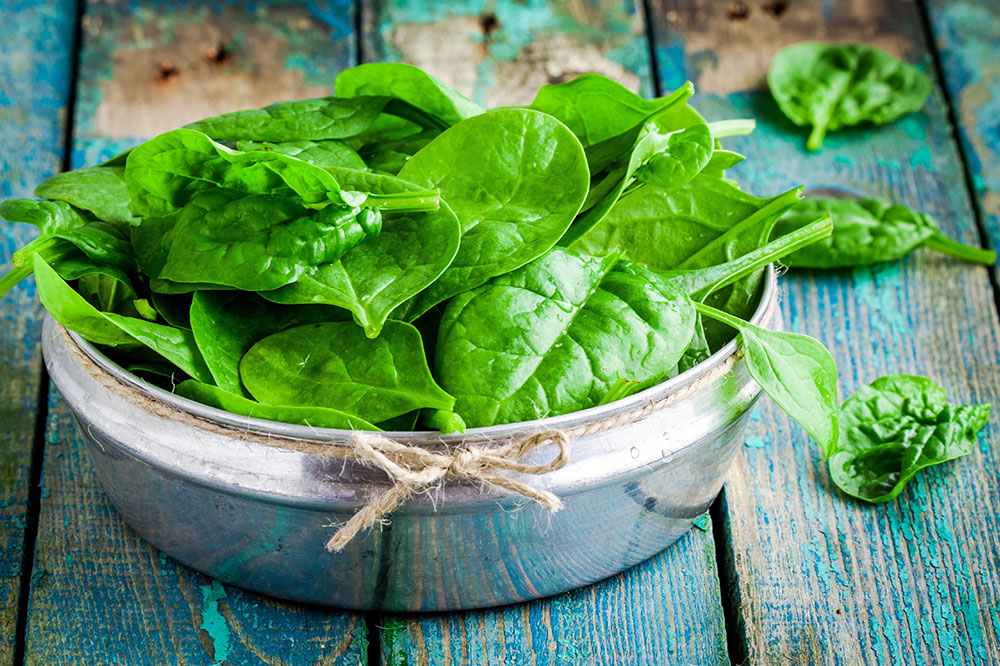Effective Nutritional Approaches to Managing and Reducing Migraine Pain
Discover comprehensive nutritional strategies to effectively manage and reduce migraine pain. From magnesium-rich fruits and whole grains to anti-inflammatory fish and natural remedies like ginger, this guide offers detailed advice to help migraine sufferers improve their quality of life. Learn about dietary choices, innovative medical solutions, and lifestyle tips for better migraine control, all grounded in scientific research and expert recommendations. Take proactive steps today to minimize migraine attacks with tailored nutrition and treatment options.

Effective Nutritional Approaches to Managing and Reducing Migraine Pain
Migraines are a complex neurological condition that can significantly impact quality of life, often triggered or worsened by dietary factors. Recent research has highlighted the importance of nutrition in managing migraine symptoms, emphasizing that strategic food choices can help prevent or lessen the severity of migraine attacks. Incorporating specific nutrient-dense foods into your daily diet could be a crucial step towards better migraine management. However, it is essential to consult with healthcare professionals before making significant diet changes or starting new treatment plans to ensure they are suitable for your personal health needs.
Foods That May Help Reduce Migraine Frequency and Intensity
Several foods have been identified as potentially beneficial for individuals suffering from migraines. These foods contain essential vitamins, minerals, and compounds that support neurological health, reduce inflammation, and stabilize blood sugar levels—all of which are factors that can influence migraine occurrence. Below, we explore some of the most recommended foods to include in your migraine management plan.
Fruits Rich in Magnesium and Potassium
Fruits such as bananas, apricots, melons, and avocados are rich sources of magnesium and potassium. These minerals play vital roles in maintaining electrolyte balance and proper nerve function, which can help prevent the onset of migraines. Magnesium, in particular, has been associated with reducing vasospasm—a narrowing of blood vessels—that often causes migraine pain. Regularly consuming these fruits may help stabilize your body's electrolyte levels and decrease migraine frequency.
Incorporating Whole Grains for Sustained Energy and Blood Sugar Stability
Whole grains including oats, barley, quinoa, and whole-wheat bread are excellent sources of complex carbohydrates. Unlike refined carbs, these foods provide a slow release of energy and help prevent blood sugar spikes and crashes—common migraine triggers. Consuming a diet rich in whole grains ensures your brain and nervous system receive steady fuel, potentially reducing the likelihood of migraine attacks triggered by blood sugar fluctuations.
The Healing Power of Ginger
Ginger has long been celebrated for its medicinal properties, particularly its anti-inflammatory and pain-relieving effects. Studies suggest that ginger can boost serotonin production and help combat inflammation, which are key factors in migraine pathophysiology. Incorporating fresh ginger into teas, smoothies, or meals might decrease headache severity and duration. Its natural compounds may also inhibit pathways involved in pain signaling, providing a useful non-pharmacological option for migraine sufferers.
Dark Chocolate as a Migraine-Trigger and Relief
While some migraine patients find that certain foods like chocolate can trigger attacks, dark chocolate containing high cocoa levels (70% or higher) has been linked to reducing migraine frequency. Rich in magnesium and riboflavin, dark chocolate may support nerve health and improve mitochondrial function in brain cells. Additionally, the tryptophan in dark chocolate helps produce serotonin, a neurotransmitter involved in mood regulation and pain perception. Moderation is key, and individuals should monitor their responses to dark chocolate to determine if it is beneficial or problematic in their diet.
Omega-3 Rich Fatty Fish for Anti-inflammatory Benefits
Fatty fish such as salmon, mackerel, and halibut are potent sources of omega-3 fatty acids, which possess anti-inflammatory effects. Chronic inflammation has been linked to migraine pathogenesis, and increasing omega-3 intake may help reduce the frequency and severity of attacks. Furthermore, these fish contain B vitamins, which support nerve function and overall neurological health. Regular consumption of omega-3 rich foods can be a natural way to mitigate migraine symptoms and promote general well-being.
Additional Medical Options for Rapid Migraine Relief
Beyond dietary modifications, there are medical interventions designed to provide quick relief from migraine symptoms. Nasal sprays such as Imitrex (sumatriptan), Tosymra, and Zomig are approved by the FDA for rapid onset relief. These medication options allow for quick absorption and targeted treatment of migraine pain, especially during early attack stages. Moreover, preventive medications like Nurtec ODT (rimegepant) work by blocking specific pathways involved in pain signaling, effectively reducing the frequency of attacks. Patients should discuss these options with their healthcare providers to determine the most appropriate and safe treatment plan. It is important to be aware of potential side effects and contraindications applicable to individual health conditions.





